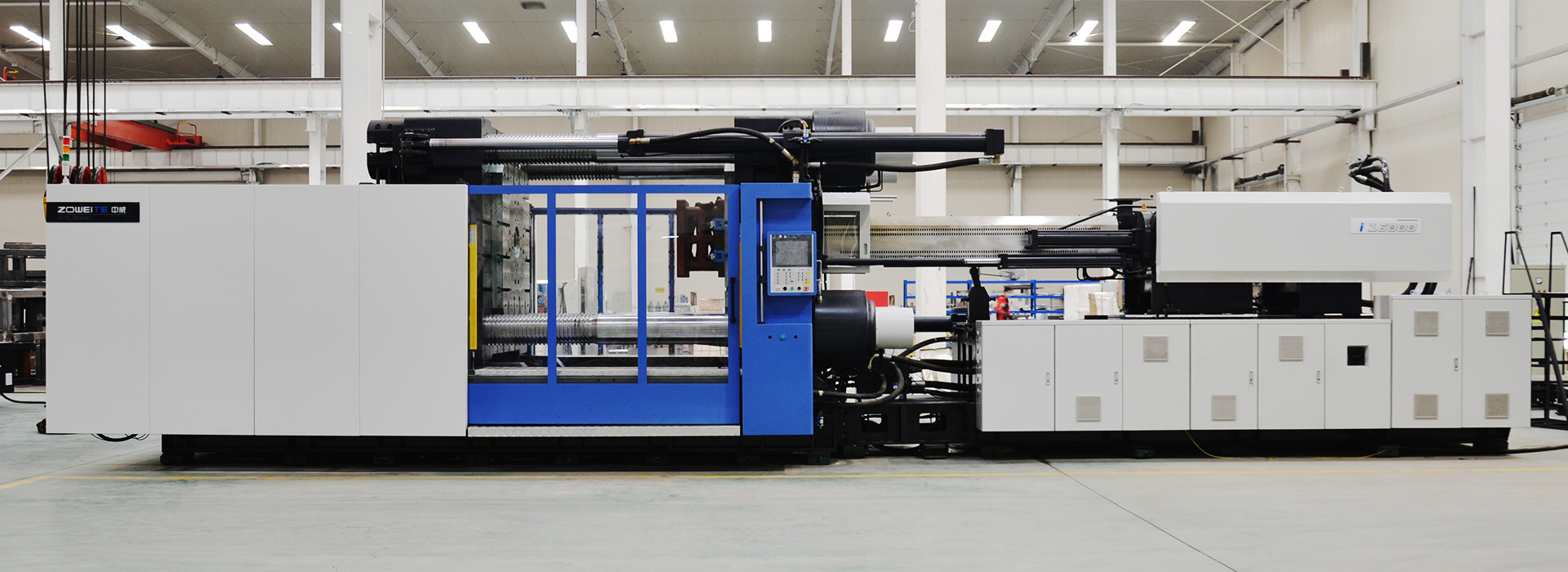How does the injection molding machine save energy
2023-11-27
Injection molding machines are a crucial part of modern manufacturing processes. It is a complex and sophisticated process that requires a lot of energy. Energy consumption is a significant cost in manufacturing. For a company that has high production rates, energy consumption can lead to higher operating costs and lower profit margins. Therefore, manufacturers are always looking for ways to reduce their energy consumption. An injection molding machine is one of their tools. In this article, we will focus on how injection molding machines save energy.
Firstly, modern injection molding machines are built with energy efficiency in mind. Most manufacturers use high-efficiency electric motors that consume less energy than traditional hydraulic motors. Electric motors have instant torque, which means they can start and stop quickly, unlike hydraulic motors. Traditional hydraulic motors consume energy even when they are not in use. Electric motors only consume energy when they are running. Also, modern injection molding machines are electronically controlled, which means they use less energy than machines with traditional hydraulic controls.
Secondly, innovative design and advanced technology have led to significant improvements in energy savings for injection molding machines. One of the ways manufacturers have improved the energy efficiency of injection molding machines is by using regenerative braking. Regenerative braking is a technology that allows machines to recover kinetic energy that would be lost during braking. This is a critical feature because it reduces the amount of energy required to run the machine. Manufacturers have also improved the design of the heating elements used to heat the plastic. These heating elements are now more efficient and require less energy to operate.
Thirdly, injection molding machines are equipped with sensors that monitor their usage and energy consumption. These sensors are essential because they provide feedback on how much energy the machine is using. This information can help manufacturers identify areas where they can reduce energy consumption. For example, if the sensor detects that the machine is using more energy than necessary, the operator can adjust the temperature or pressure settings to reduce energy consumption.
Finally, by using advanced computer systems, manufacturers can optimize the performance of their injection molding machines to achieve greater energy efficiency. These computer systems monitor the machine's performance in real-time and provide feedback to the operator on how to reduce energy consumption.
The use of regenerative braking, efficient heating elements and sensors to monitor energy consumption, along with computer systems to optimize performance, has led to significant improvements in energy savings. As the demand for energy-efficient manufacturing processes increases, it is expected that manufacturers will continue to make improvements to injection molding machines to reduce energy consumption.




